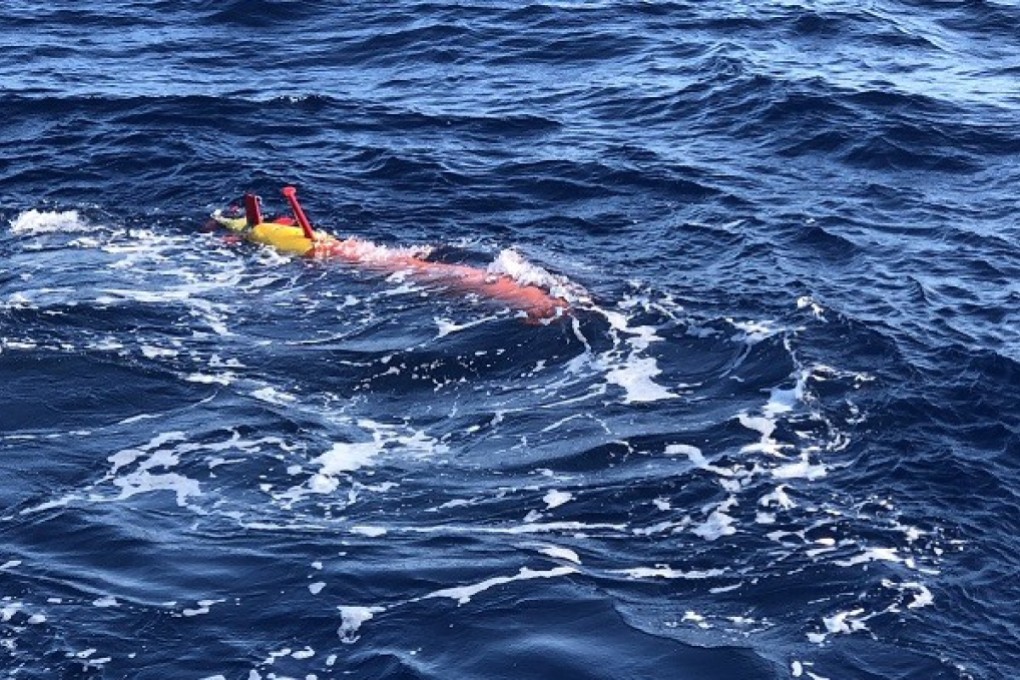Advertisement
Chinese scientists test underwater drone designed for South China Sea
- 2,000km, 37-day test run completed for device intended to perform long-term survey work in the region
- The drone extends the range of China’s hardware in the disputed waters
Reading Time:3 minutes
Why you can trust SCMP

Stephen Chenin Beijing
China has developed a long-range underwater drone designed to extend the range of its activities in the South China Sea.
The autonomous underwater vehicle (AUV) Sea-Whale 2000 recently completed a non-stop 37-day test run in the South China Sea over a distance of 2,011km (1,250 miles), the Chinese Academy of Sciences said on Tuesday.
The mission path remained a secret, but with that range the drone could easily cover the Paracel and Spratly islands – claimed by China but also by its neighbours – and return to China’s naval base in Sanya, Hainan.
Advertisement
The torpedo-shaped drone, which is about three metres long and weighs 200kg (441lbs), is equipped with artificial intelligence technology and a wide range of sensors to detect temperature, salinity, current, trace chemicals, underwater visibility and biological activity.
It can dive 2,000 metres below the surface and cruise at speeds of up to 1.2 metres per second.
Advertisement
Advertisement
Select Voice
Choose your listening speed
Get through articles 2x faster
1.25x
250 WPM
Slow
Average
Fast
1.25x